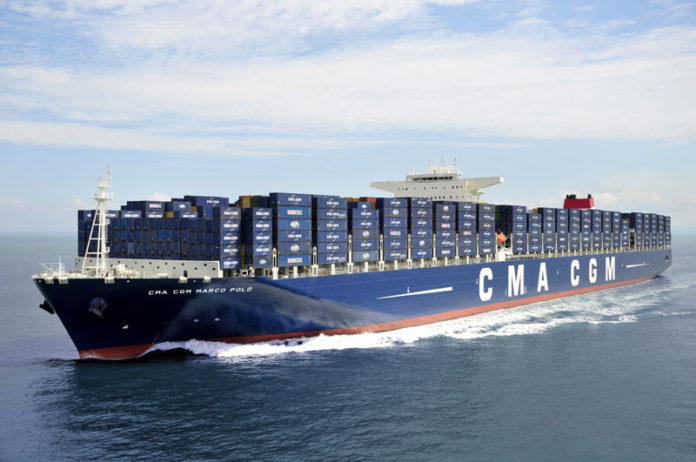In a Court of Appeal ruling, which was described by lawyers Watson Farley & Williams as “significant”, judges said, on 5 March, that inadequate passage planning had rendered the 6,000TEU CMA CGM unseaworthy.
CMA CGM Libra had left Xiamen port after part loading cargo with an inadequate action plan and was grounded, needing assistance to be refloated. The shipping line then declared general average, collecting security from cargo owners.
However, the lawyers said, “A substantial proportion of cargo interests had settled their contribution, but a number of others set out to establish a York-Antwerp Rule D defence that the vessel was not seaworthy at or before the commencement of the voyage.”
As a result of that case it was found “that an appropriate preliminary notice to mariners had not been applied to the working chart, no annotations had been made indicating the danger and the danger had not been properly accounted for in the passage plan.”
The Apeal Court judges, Lord Justices Flaux, Haddon-Cave and Males, agreed with the earlier High Court ruling, saying that it was important that ship passage plans should be fit for purpose. The shipping line has sought permission to appeal to the Supreme Court, but that permission has not yet been granted.
At the High Court Justice Teare ruled that there “was a defect in the vessel that should have been rectified before departure and that rendered the vessel unseaworthy.” That, in Justice Teare’s opinion, meant cargo interests were not liable to pay their contribution in general average.
CMA CGM appealed on two grounds, in the first instance the line said the judge failed to distinguish between a one-off defect to the vessel that would render it unseaworthy and navigation.
In addition, lawyers for CMA CGM argued that, “The judge had wrongly held that the actions of the vessel’s master and crew had been carried out in their capacity as navigators and not as carrier and could not, therefore, be treated as attempted performance by the carrier to exercise due diligence to make the vessel seaworthy.”
In their judgement the Court of Apeal judges dismissed both grounds saying “It is well-established that a vessel can be rendered unseaworthy by negligence in the navigation or the management of the vessel.”
The judges went on to say that owners have an overriding obligation to exercise due diligence to make the vessel seaworthy, “Negligent management of the vessel prior to the commencement of the voyage can render a vessel unseaworthy.”
The Court held that “The failure to properly apply the preliminary notice to the chart, a notice that had crucial navigational information contained within it that was vital to safety, was sufficient to render the vessel unseaworthy at or before the commencement of the voyage.”
Furthermore, the judges rejected CMA CGM’s view that the crew acted as navigators (to which the obligation would not apply) rather than as servants or agents of the carriers (to which the obligations would apply).
“The relevant task of making the ship seaworthy and thus carrying out a proper passage plan, had been entrusted by the owners to the master and his officers. It was nobody else’s responsibility (and was non-delegable) and there was no question that the defect existed before the owners had control of the vessel,” said the court.
In their summing up of what they call an “unusual case” Watson Farley & Williams said, “It is clear from the Court of Appeal’s judgment and that of the lower court, that the process of passage planning is integral to the seaworthiness of the vessel. Owners should therefore revisit their passage planning and navigation systems in light of the judgment to see if they are fit for purpose.”
The lawyers added that the grounding of the vessel occurred when paper charts were used, today these notices are processed and displayed on an electronic chart system might not make the information or warnings readily apparent to those navigating. “That may be enough to cause a vessel to be unseaworthy and care should be taken to ensure any passage planning procedures properly take that into account.”







